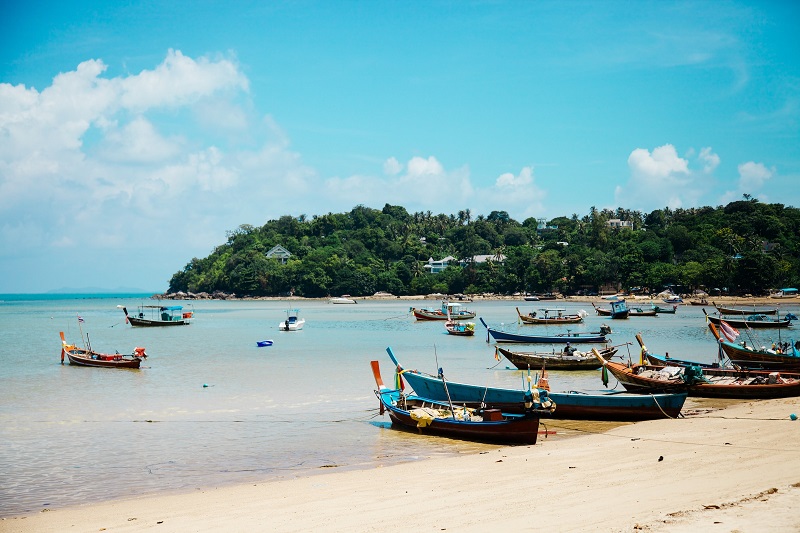
Thailand: Taps run dry as resurgence in tourism worsens water shortage
Famous for its white sandy beaches, luxury resorts and scenic temples, Koh Samui in Thailand often struggles with a shortage of freshwater between March and May. But the El Nino weather phenomenon could cause more severe shortages this year.
El Nino is associated with less rain. A lack of precipitation and a tourism boom has put intense pressure on supplies on the island, resulting in taps running dry often for months and the public being called on to use resources sparingly.
Authorities are working day in and day out to tackle the shortage, stressing they do not want Koh Samui to become a “disaster zone”. But Sutham Samthong, a deputy mayor of the Thai island, believes the people there could navigate the next two months with careful management.
Resurgence In Tourism Proving Costly For Koh Samui
Koh Samui could receive rainfall in a few months. Samthong said water currently was being brought in from other areas and private reservoirs, to be distributed to the public. “We don’t want [Koh Samui to get declared] a disaster zone,” he said.
Jutharath, who works in a massage parlour, said taps had worked only one or two days a week in the past three months. She was purchasing water from pick-up trucks and had a small pool and a few tanks to save supplies.
Keep Reading
There was a time when no water was coming out at all for the entire week, Jutharath added, stressing she had never experienced such bad shortages. She even revealed how the scarcity was compelling her neighbour to walk to the temple nearby, just to use the bathroom.
Instead of benefiting from the tourism boom seen this year, businesses were rather having to use their profits to purchase water, said Ratchaporn Poolsawadee, the president of the Tourism Association of Koh Samui.
Experts Blame Poor Planning And Luxury Entities Too
Dr Kannapa Pongponrat Chieochan, an assistant professor at Thammasat University, said poor planning had got a lot to do with the shortages of fresh water. She highlighted how infrastructure had failed to keep up with the size of the population there.
Koh Samui has seen substantial growth in its population over the years as more and more people moved from across Thailand to be a part of this growing tourism industry. At the same time, the island also faced a rapid development of hotels and resorts, said Kannapa.
Based on her research, it’s the big and luxury hotels where there is a lot of consumption – and the communities around them suffer from shortages because most of the water gets pumped into the resort, the professor mentioned.
Kannapa further underscored the fact that big businesses could pay for supplies from water trucks, while smaller operators and local people struggle. It’s yet to be seen how long people on the island would need to use the resource sparingly to safely navigate through the rough patch.




